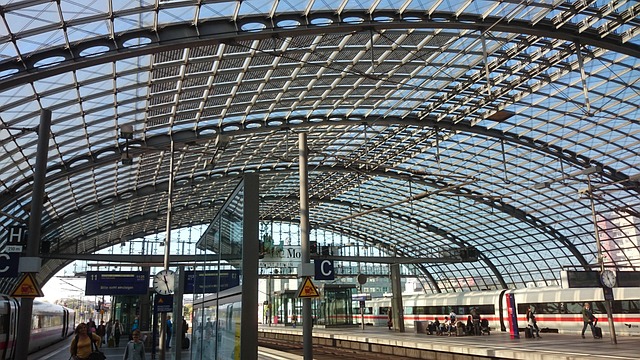Clogged or damaged gutters can cause significant property damage by leading to water infiltration, mold growth, pest infestations, and soil erosion. Regular inspection and maintenance, including cleaning, bi-annual checks for clogs, and timely replacement of damaged parts, are crucial to protect foundations and landscapes. A strategic approach to gutter replacement involves assessing damage, gathering tools, ensuring proper alignment, and checking for corrosion. Proactive upkeep extends the life of gutters and prevents costly water-related issues.
In the face of increasingly unpredictable weather patterns, safeguarding your home’s foundations and landscaping from water overflow is more crucial than ever. This comprehensive guide delves into the root causes of water damage, from understanding the telltale signs of stressed gutters to offering a step-by-step approach for effective damaged gutter replacement. By prioritizing regular maintenance and adopting post-replacement care tips, homeowners can fortify their defenses against potential flooding, ensuring longevity and beauty for both structure and surroundings.
Understanding Water Overflow Damage to Foundations and Landscaping
Water overflow can cause significant damage to foundations and landscaping, leading to costly repairs and structural instability. When gutters become clogged or overflow due to excessive rainfall, water can infiltrate and erode crucial components of a property’s foundation. This not only weakens the structure but also invites further issues like mold growth and pest infestations. In extreme cases, water overflow can lead to soil erosion, causing uneven terrain and potential safety hazards.
Damaged gutter replacement is an essential step in preventing such problems. Regular maintenance, including cleaning and inspection, ensures that gutters are clear of debris and capable of effectively channelling water away from the property. By addressing gutter issues promptly, homeowners can safeguard their investments and maintain the beauty and longevity of their landscaping efforts.
Identifying Signs of Damaged Gutters
Water overflow can cause significant damage to your foundation and landscaping, making it crucial to regularly inspect and maintain your home’s gutter system. One of the first signs of potential trouble is damaged gutters. Look for bent or broken gutter sections, especially where they connect to the roof or downspouts. Over time, heavy rains, strong winds, and fallen debris can weaken gutters, leading to leaks and clogs that may go unnoticed until visible damage occurs.
If you notice any signs of corrosion, rust, or loose connections, it’s a clear indicator that your gutters require immediate attention. Promptly addressing damaged gutter replacement can prevent water from spilling over the edges, potentially causing erosion around your home’s foundation and damaging nearby plants and trees. Regular maintenance ensures your gutter system functions optimally, safeguarding both your property and its surroundings from water-related harm.
The Role of Regular Maintenance in Prevention
Regular maintenance is an indispensable strategy for protecting your foundation and landscaping from water overflow. One of the critical aspects is ensuring proper drainage around your property. This involves inspecting and cleaning gutters and downspouts at least twice a year to prevent clogs that can disrupt water flow, leading to potential damage. Timely damaged gutter replacement is crucial in maintaining an effective drainage system. Additionally, directing downspout outlets away from foundations and towards absorbent areas like lawns or landscaping features helps reduce the risk of water eroding crucial parts of your property.
Step-by-Step Guide: Replacing Damaged Gutters
Replacing Damaged Gutters: A Step-by-Step Guide
Start by assessing the extent of damage to your gutters. Look for any signs of rust, holes, or significant dents that may compromise their integrity. This is a crucial step as it determines the scope of the replacement needed. If sections are severely damaged, consider replacing them entirely rather than patching up weak spots. Gather all necessary tools and materials, including new gutters, brackets, and fasteners suitable for your gutter system. Ensure you have the right size and type of gutters to match your property’s architecture and drainage requirements.
Before beginning the replacement process, gather safety equipment like a ladder, gloves, and eye protection. Climb the ladder and carefully remove the damaged sections of gutters using a wrench or screw driver. Once the old gutters are taken down, clean the area, ensuring no debris or remnants from the previous installation remain. Install new gutter sections by securing them to the roof with brackets, ensuring proper alignment. Fasten the gutters at regular intervals to maintain stability and prevent future damage.
Enhancing Protection: Post-Replacement Care Tips
After replacing your gutters, it’s crucial to maintain their optimal condition for enhanced protection against water overflow. One key tip is to regularly inspect them for any signs of damage or clogs. This proactive approach ensures that issues are identified and addressed promptly, preventing potential leaks or water accumulation problems.
Consider implementing a maintenance schedule where you clear debris, check for corrosion, and replace worn-out components. Additionally, ensure proper drainage by examining downspouts and extenders. A well-maintained gutter system not only safeguards your foundation and landscaping but also contributes to the overall longevity of your home’s exterior.
Water overflow can cause significant damage to foundations and landscaping, but proactive measures like regular maintenance and prompt damaged gutter replacement can mitigate these risks. By understanding common signs of gutter damage, following a comprehensive step-by-step guide for replacements, and adopting post-replacement care tips, homeowners can protect their properties from costly water-related issues. Investing in robust gutter systems is essential for preserving the integrity of your home’s foundation and the overall beauty of your landscape.
